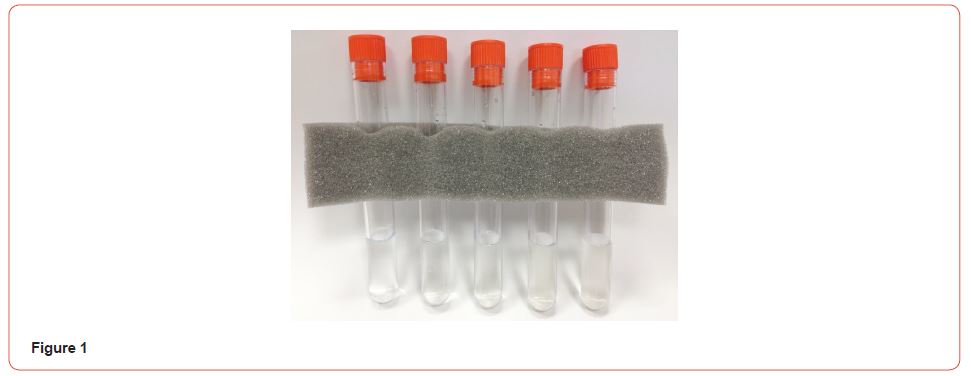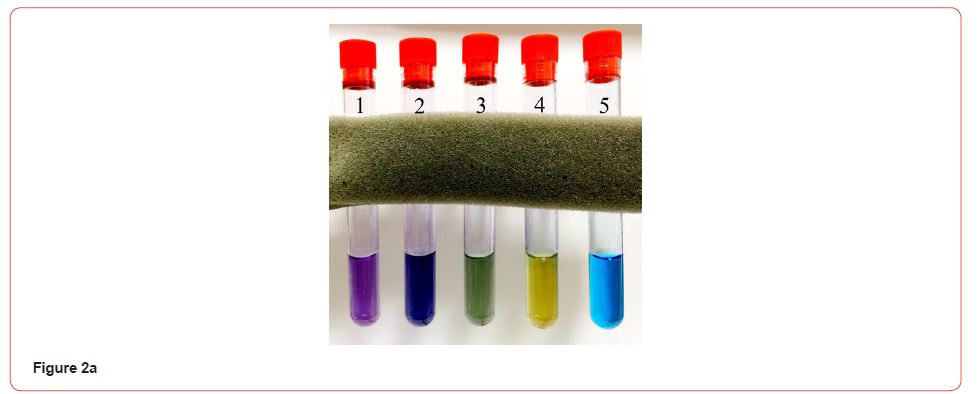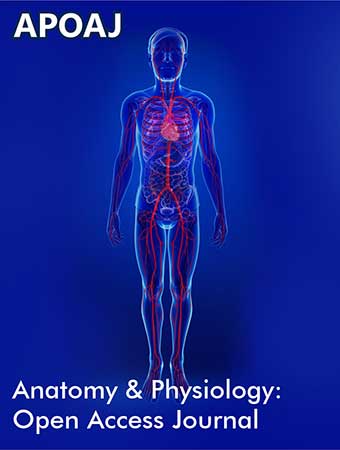 Opinion
Opinion
The Reality of Scientific Observation
Shaun D Black*
Associate Professor of Instruction, Department of Chemistry and Biochemistry, The University of Texas at Tyler, USA
Shaun D Black, Associate Professor of Instruction, Department of Chemistry and Biochemistry, The University of Texas at Tyler, USA.
Received Date: April 21, 2022; Published Date: May 06, 2022
Opinon
Our laboratory has become interested in observation, especially as it applies to the Scientific Method. Typically, only the objective realities of the Scientific Method are taught or discussed:
Hypothesis → Experiment → Conclusion → Theory
Yet, the Scientific Method actually begins with observation in order to formulate a hypothesis. Furthermore, it runs with observation as experiments are conducted. That is, observation is the origin and heart of the Scientific Method:
Observation → Hypothesis → Experiment (Observation) → Conclusion → Theory
Scientific observation has been studied in my laboratory by means of Chemistry Toys, which we call ChemToys. These are fun, interesting, attractive, readily observed, easy-to-handle, safe, unbreakable, durable, and portable. Each ChemToy is composed of 5 test tubes with colorful, tight lids; tubes are fitted into a comfortable polyurethane foam holder, as shown below (Figure 1). Solutions within tubes begin colorless and transparent but change over time in many and different ways that can be readily observed by anyone. These changes include a rainbow of colors (bright and pastel), the states of matter (solid, liquid, and gas), kinetics, animation, detergent action, surface-wetting phenomena, fluorescence, the Tyndall effect, gradients, and discontinuity. ChemToy1 [1] is based on sugar redox-chemistry and features 53 fundamental observations that can be made over a 4-week period; it can also be used over a weekend, a week, or a two-week period but with fewer changes and observations possible. When we tested this ChemToy with science majors, we found that the average Power of Observation was 36.1 ± 14.3 %. This represents the baseline for the average student, but it also represents the power that can be contributed to the Scientific Method when they do science and utilize the Scientific Method. In other words, the average student or laboratory worker can perform science at only one-third of their potential. It also suggests that science is far weaker presently because scientists have relatively low powers of observation. ChemToy2 [2] is based on nanochemistry and affords 45 fundamental observations over a one-week observational period. A group of 114 science majors tested this ChemToy, and they scored an average of 34.7 ± 10.6 %, statistically indistinguishable from our findings with ChemToy1. Even though each ChemToy uses different chemistry, both measure the power of observation equivalently. Fully developed examples of ChemToy1 and ChemToy2 are shown below (Figures 2a, 2b).



What do our findings suggest? Clearly, the power of observation should be improved if better science is to be produced in the future. But, can this important power be improved? When either ChemToy was observed by students about 4 weeks after their initial experience, they generally scored about 8% better. Furthermore, when I conducted weekly observation exercises with students in General Chemistry I, they improved by about 12% by the end of the semester. Thus, if we are mindful about the importance of observation in our students and lab workers, we will endeavor to help them improve this power that is essential to the Scientific Method. ChemToys may well play a direct role in this improvement as these can both quantify observation and help to enhance it.
When we studied the performance of men and women with ChemToy2 we found that their scores were statistically indistinguishable. Students of various science majors also scored similarly and were statistically indistinguishable. This would suggest that the power of observation is a general human power. When we examined the scores of freshman, sophomores, junior, and seniors, we also found that their scores were statistically indistinguishable. Thus, the power of observation is not only a human power, but one that is independent of intellectual power.
A final question might be, What is the ultimate limit of our power of observation? Human physical power has certain limits that most would agree about. In contrast, one observer of ChemToy2 suggested, I don’t believe there is a limit on the ability to further strengthen my power of observation; I believe that all exposure and practice will continuously improve my abilities. Perhaps no clear limit exists, but this must remain an open question.
Acknowledgement
The author gratefully acknowledges the support of the University of Texas at Tyler, Department of Chemistry and Biochemistry and the Welch Foundation (grant BP-0037).
Conflict of Interest
No conflict of interest.
References
-
Shaun D Black. The Reality of Scientific Observation. Anat & Physiol Open Access J. 1(2): 2022. APOAJ.MS.ID.000509.
-
Chemistry toys, Human power, Intellectual power, General human power, Scientific method, General chemistry, Nano chemistry, Fundamental observations, Fluorescence
-

This work is licensed under a Creative Commons Attribution-NonCommercial 4.0 International License.






